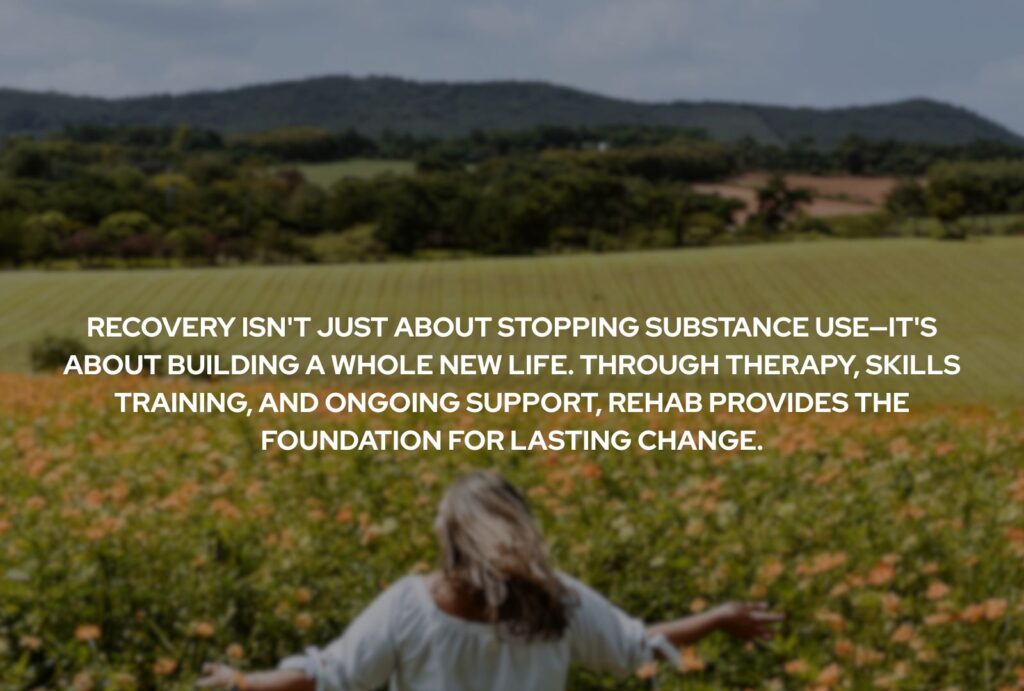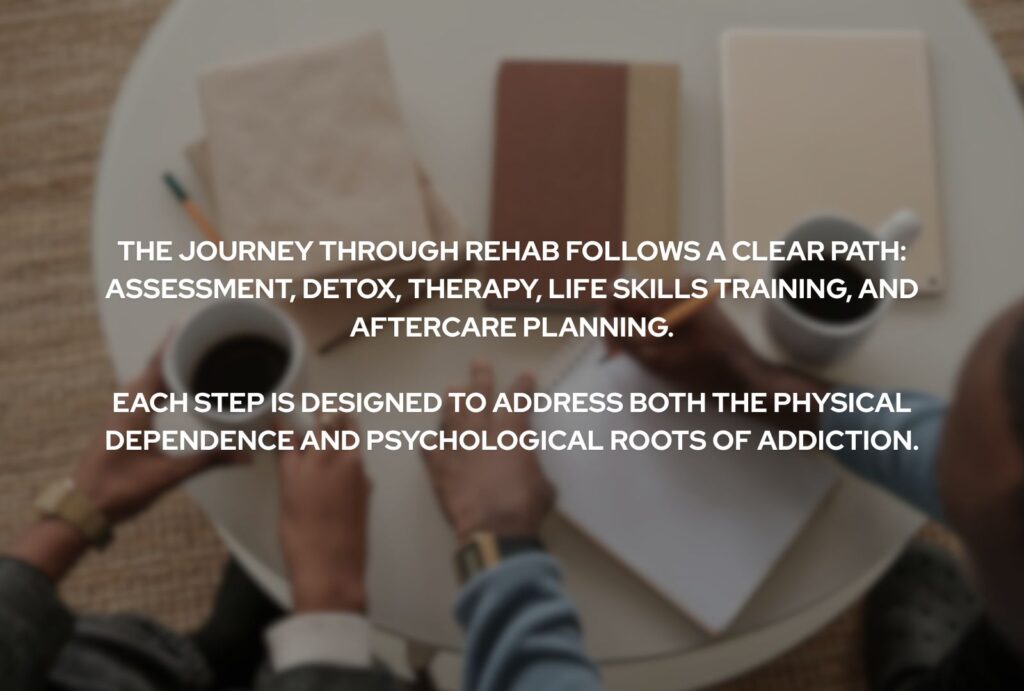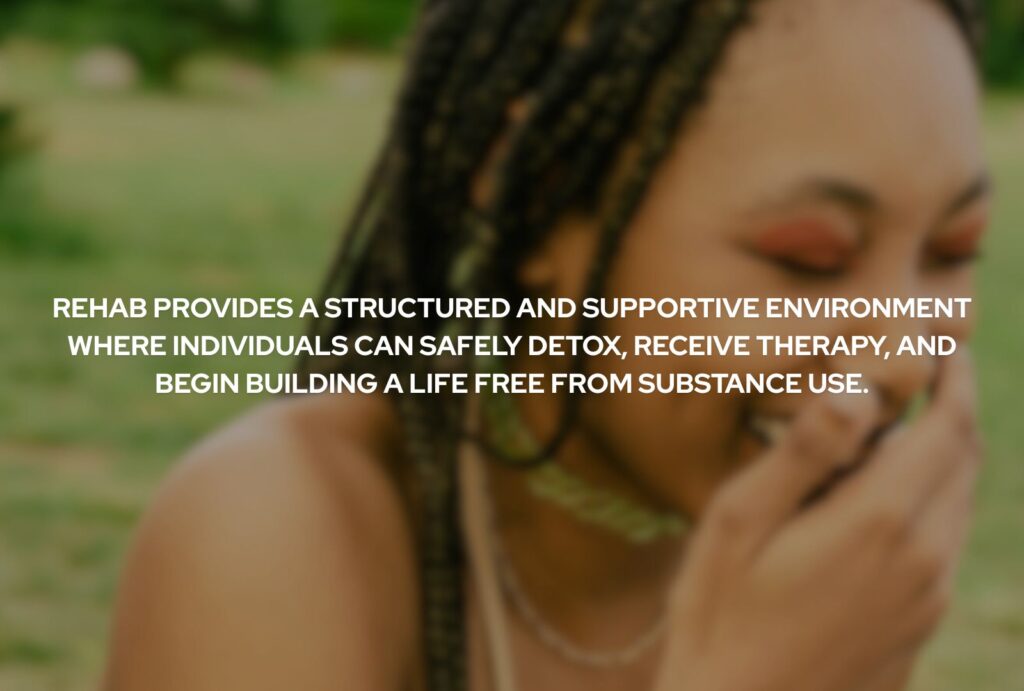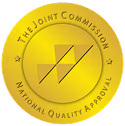Rehab provides a structured and supportive environment where individuals can safely detox, receive therapy, and begin building a life free from substance use. From the moment someone enters treatment, every step is designed to address both the physical and psychological aspects of addiction.

The First Step: Assessment and Intake
Upon arrival, patients undergo a comprehensive intake process. This includes:
- Medical evaluation to assess physical health and withdrawal risks
- Psychiatric screening for co-occurring disorders like anxiety or depression
- Substance use history to tailor treatment goals
This assessment allows the clinical team to create a personalized care plan based on the individual's unique challenges and needs.
Detox and Stabilization
If necessary, the next step is detoxification, which safely manages withdrawal symptoms. Detox may last from a few days to over a week, depending on the substance used and severity of dependence.
During this time, patients are monitored 24/7 and may receive medications to ease discomfort and reduce risks associated with withdrawal.
During inpatient rehab, medical supervision during detox is a top priority to ensure safety and stability before moving forward with therapy.
Core Phase: Therapy and Counseling
Once detox is complete, the core of rehab begins: therapy. This phase addresses the mental and emotional roots of addiction.
Common therapeutic methods include:
- Individual counseling: One-on-one sessions with a therapist to explore trauma, triggers, and behavior patterns.
- Group therapy: Peer support groups that foster shared accountability and connection.
- Family therapy: Sessions that help rebuild trust and improve communication with loved ones.
- Cognitive Behavioral Therapy (CBT): A widely used approach that teaches individuals to reframe negative thoughts and develop healthier coping strategies.
These services help patients not only stop using substances but also understand why they used in the first place.
Life Skills Training and Wellness

Rehab isn’t just about quitting drugs or alcohol—it’s about learning how to live without them. Treatment programs often include:
- Life skills workshops on budgeting, time management, and conflict resolution
- Nutritional guidance and fitness routines to rebuild the body
- Mindfulness and meditation practices to support emotional regulation
These components empower individuals to re-enter daily life with confidence and structure.
Planning for Life After Treatment
As clients near the end of their program, focus shifts to aftercare and relapse prevention. Rehab teams work with each person to develop a plan that may include:
- Continued outpatient therapy
- Sober living arrangements
- Support group participation (e.g., NA, AA)
- Vocational or educational assistance
Stepping down into outpatient rehab or structured aftercare is common and recommended for maintaining progress after an inpatient stay.
A Day in Rehab: What to Expect
A typical day in rehab is structured to create a safe, healthy routine. While schedules vary, most include:
- Morning meditation or check-in
- Group or individual therapy sessions
- Afternoon skill-building classes
- Evening support groups
- Time for rest, recreation, or reflection
Structure provides stability and helps re-establish healthy habits; an essential part of recovery.

Understanding what happens in rehab sets a solid foundation, but it’s also important to know how long this process typically lasts. Our article on how long rehab lasts breaks down 30-, 60-, and 90-day programs and what factors influence treatment timelines. And for families wondering what happens when a loved one refuses help, we explore the legal and emotional considerations in can you force someone into rehab.
Conclusion
Rehab is more than just getting sober—it's about healing physically, mentally, and emotionally. With personalized care, structured therapy, and ongoing support, individuals gain the tools they need to rebuild their lives. Whether through inpatient rehab or a transition into outpatient and aftercare, the journey of recovery begins with a clear understanding of what to expect—and a willingness to take the first step.





.png)
